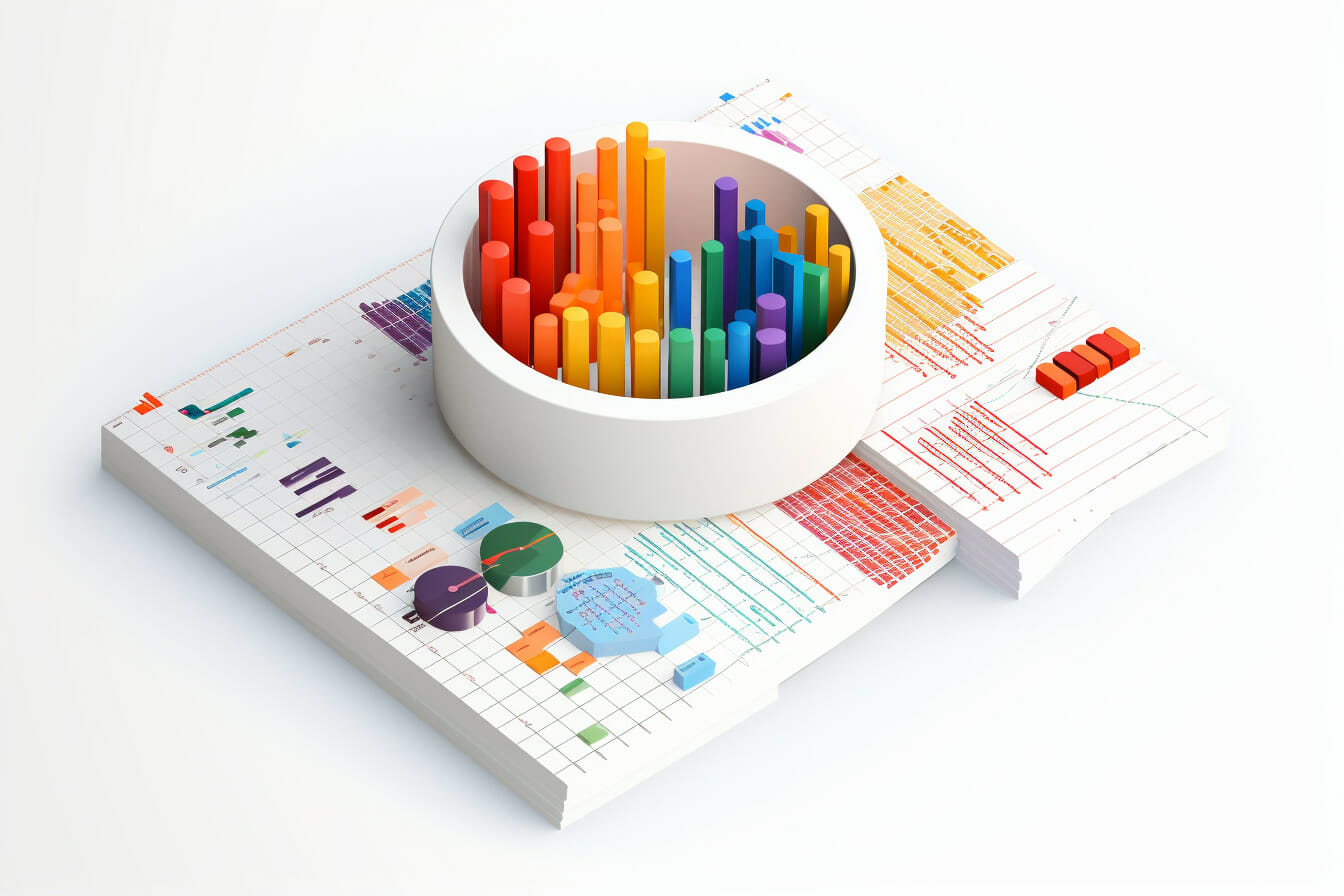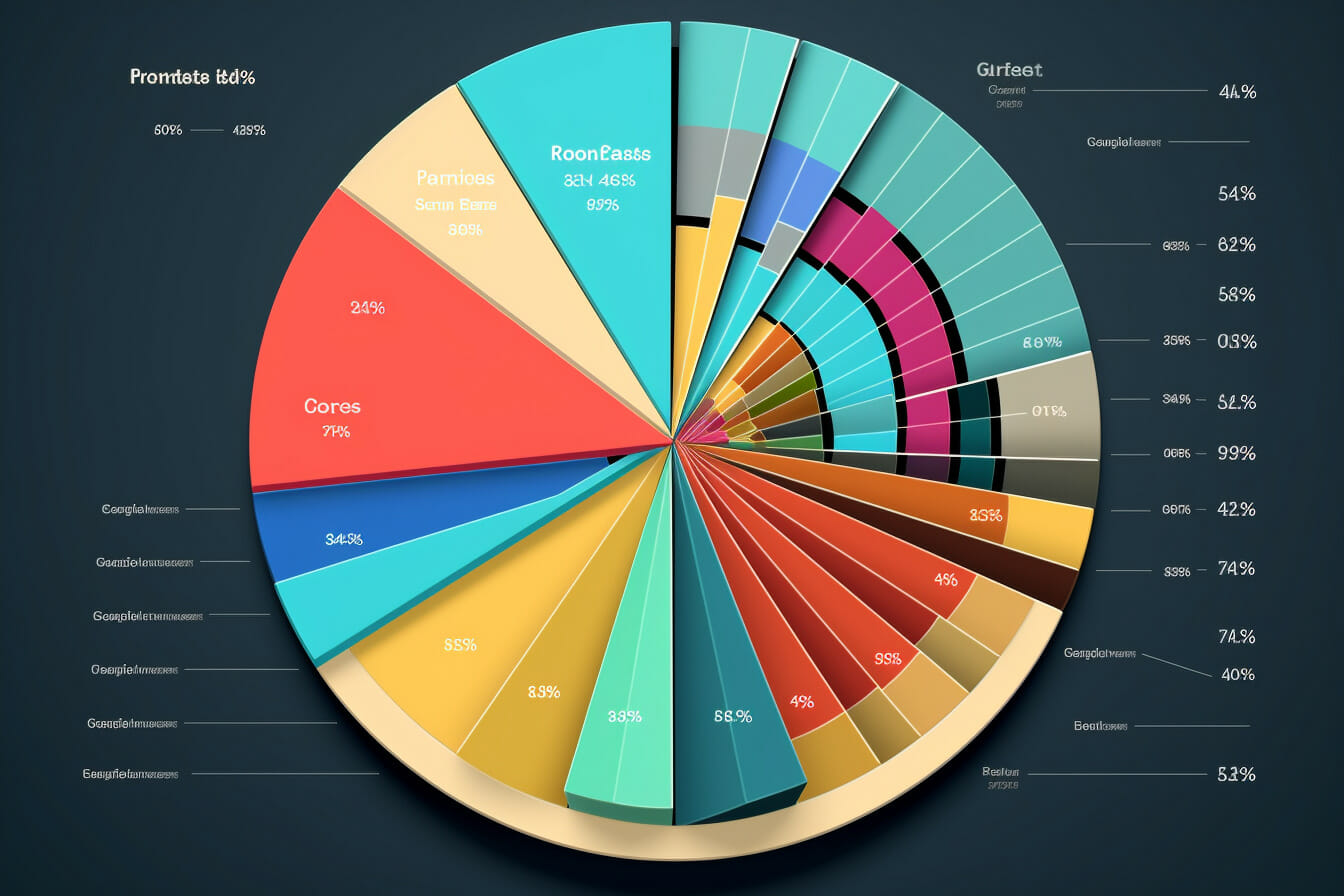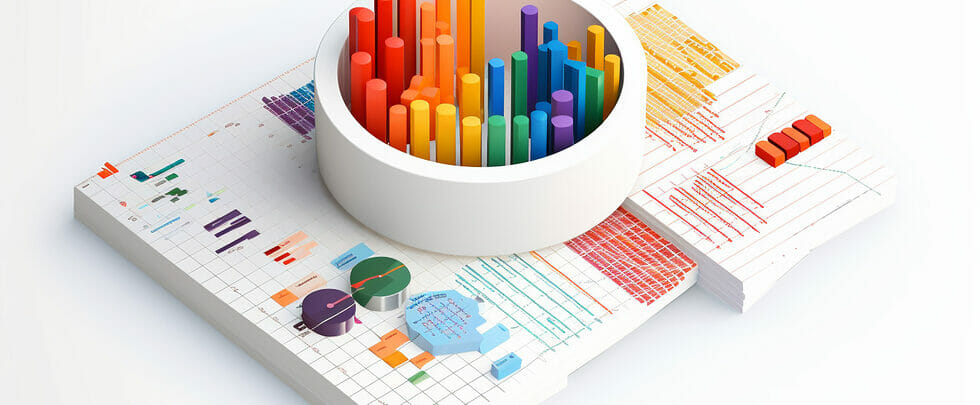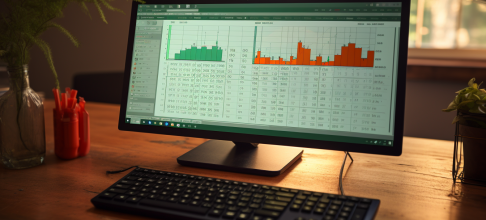Diving into Data Types: Explained
Are you diving into the world of data? You’ll soon discover there’s more than just numbers. This article will walk you through numerical, categorical, ordinal, and interval data types.
You’ll learn how they’re classified, understood, and used. So, whether you’re a beginner or need a refresher, let’s get started to better navigate the vast ocean of data.
Table of Contents
Numerical Information Classification

You’ve likely dealt with numerical information, which, you’ll find, can be classified into two categories: discrete and continuous data.
Discrete data, as its name suggests, can only take specific values. Think of the number of pets you own. You can have two dogs and three cats, but not 4.5 birds.
Discrete data is distinct and separate, and you can’t break it down further.
On the other hand, continuous data can take any quantitative value within a range. Consider your height or the time it takes for you to get to work. These values aren’t fixed; they can vary and fall anywhere within a specific range.
Understanding these distinctions is critical when working with numerical data and will help you choose the correct statistical methods.
Understanding Categorical Information
Categorical information is fundamental to comprehend as it groups similar items within a particular set. This data type is characterized by values that can be sorted or grouped but not quantitatively measured or ranked. It’s about the ‘type,’ not the ‘amount.’
There are two types of categorical data – nominal and ordinal. Little data is when the categories are named with no order or priority. It’s like the flavors of ice cream – vanilla, chocolate, strawberry.
You can’t say one’s better or worse than the other.
On the other hand, ordinal data does have a clear order or ranking. Think of it like a race – first, second, third place. Understanding these differences helps you analyze categorical data effectively.
Insights into Ordinal Information

Delving into ordinal information, it’s crucial to note that this category possesses a clear hierarchy or sequence. Think of it like this: ordinal data is categorical data with a twist. It’s not just about labeling; it’s about ordering.
For example, you deal with ordinal data when you rank your favorite movies from 1 to 10. The same goes for survey responses ranging from ‘strongly agree’ to ‘strongly disagree.’ In these cases, the order makes a significant impact on the interpretation.
However, it’s essential to remember that while ordinal data provides more information than simple categorical data, it doesn’t give precise measurements. Differences between ranks are not necessarily equal. So, while it’s a step up from basic categories, ordinal data has its limitations.
Exploring Interval Information
Moving onto interval information, it’s a form of measurement that not only classifies and orders the measures but also specifies that the distances between each interval on the scale are equal across the scale.
For instance, consider temperature in degrees Celsius. It’s interval data because the difference between 10 and 20 degrees is the same as between 20 and 30 degrees. However, interval data doesn’t have a valid zero point. In our example, zero doesn’t mean the absence of heat.
It’s just another point on the scale. You can’t say that 20 degrees is twice hotter than 10 degrees.
Understanding this critical aspect of interval data is essential for data analysis and interpretation. Embracing this knowledge will surely enhance your data-handling skills.
Application of Different Information Categories

We’ve covered the core concepts, now let’s apply these different categories of information in real-world scenarios.
Imagine you’re a health researcher. You’d use nominal data to identify patients by their names, ordinal data to rank the severity of their symptoms, interval data to measure their body temperature without an actual zero point, and ratio data to calculate their weight with an absolute zero.
You’d apply these data types differently if you’re running a retail business. You’d use nominal data for product names, ordinal data for customer satisfaction levels, interval data for temperature control in your storage units, and ratio data for inventory count.
Understanding the application of these data types helps you make informed decisions and strategies in your specific field.
Frequently Asked Questions
What are some examples of quantitative data?
Examples of quantitative data include the height of a person, the temperature of a room, and the number of cars in a parking lot.
What are some examples of qualitative data?
Examples of qualitative data include the color of a flower, the taste of a food, and the opinions of people.
What is the difference between quantitative data and qualitative data?
The main difference is that quantitative data can be measured or counted, while qualitative data is descriptive and cannot be measured or calculated.
What are the different types of data in statistics?
The different data types in statistics include nominal, ordinal, interval, and ratio data.
What are some examples of nominal data and ordinal data?
Examples of nominal data include categories like colors (red, blue, green), while examples of ordinal data include rankings like first, second, and third.
What is continuous data?
Continuous data is quantitative and can take on any value within a specific range. It is usually measured using instruments or devices.
What are some examples of continuous data?
Examples of continuous data include the height and weight of a person, the temperature of a room, and the time it takes to complete a task standard deviation.
What is qualitative data?
Qualitative data refers to non-numerical data that describes qualities or attributes. It is typically subjective and includes opinions, preferences, and observations.
What is quantitative data?
Quantitative data represents numerical values or quantities. It is objective and includes measurements, counts, or statistics.
Why are data types important?
Data types are important because they determine how data is stored, processed, and analyzed. Different data types require other methods of handling and analysis.
What is data science?
Data science is a multidisciplinary field that uses scientific methods, algorithms, and systems to extract insights and knowledge from data. It combines techniques from statistics, computer science, and domain knowledge to analyze and interpret complex data sets.
Conclusion
So, you’ve explored the wide world of data types. You’ve grasped numerical, categorical, ordinal, and interval information. You now understand their unique applications and significance.
This knowledge empowers you to handle various data sets more effectively. Remember, a sound understanding of data types is crucial to making sense of the world around us.
So, don’t stop here- keep expanding your knowledge and skills in data interpretation.













